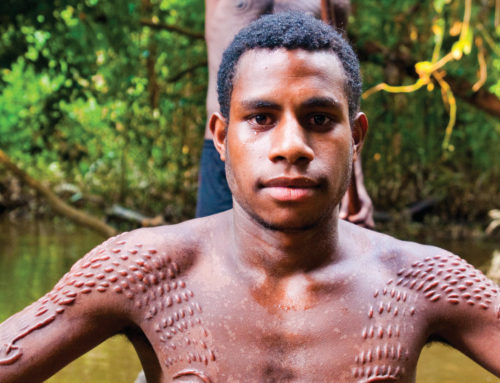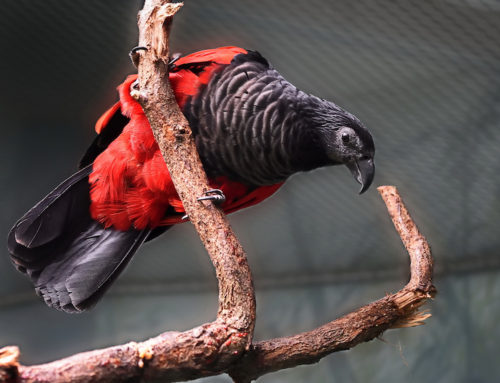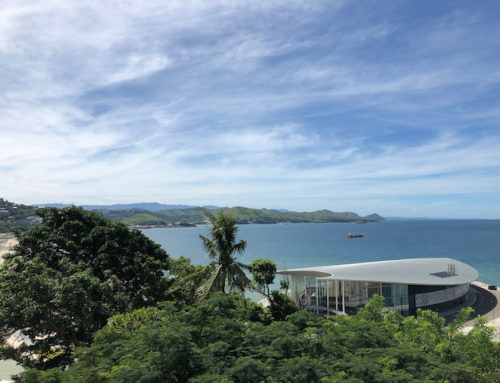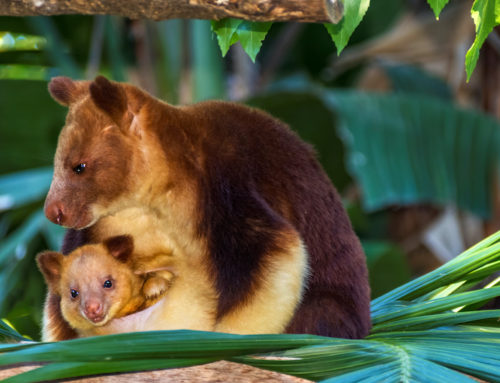Welcome to Oro
11th February 2016
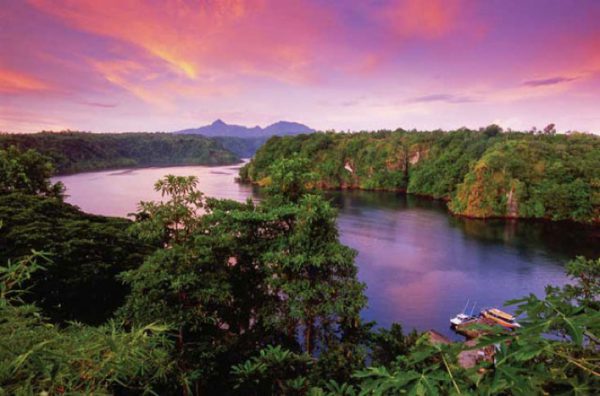
Sitting between the Solomon Sea and the Owen Stanley Ranges is Oro Province or Northern Province as it is still officially called. Due to its remoteness and the challenge that visitors find reaching it, Oro remains one of PNG’s hidden gems, despite it boasting some of the county’s most incredible biodiversity. While reaching the Province can be difficult, with a little planning, a dose of flexibility and an open-mind, visitors to the area will not be disappointed.
Popondetta, the quiet provincial capital of Oro is not a major tourist attraction but for history buffs it’s worth the visit. The villages of Buna and Gona were transformed into Japanese bases during WWII and were the scene of some horrendous fighting. In addition to a Japanese plaque on Buna Road commemorating the country’s dead, a guide can be hired to help you navigate your way through the overgrowth on the bases and help you understand what took place and where. The Kokoda Trail runs between Kokoda in Oro Province and Owers Corner in Central Province. Local Basil Tindeba from Buna is knowledgeable and can be contacted via the Oro guesthouse. Maclaren Hiari MBE is another knowledgeable guide and runs the Kokoda Buna Historical Foundation. While you are visiting Popondetta you will also want to take a look at Mount Lamington. A favourite climb for bushwalkers, Mount Lamington’s 1585m peak is clearly visible from the capital making it an excellent photo opportunity.
One of Oro province’s and indeed PNG’s best kept secrets is its incredible fjords, which is not something many expect to find in this country. Cape Nelson on the east coast of Oro Province was formed by the violent eruption of three volcanoes whose lava created beautiful fjords. The tropically warm waters are over 90 metres deep and rise 150 metres vertically out of the water. These vertical faces of the gorge are impressive in themselves as they are covered in moss, stunning orchids and picturesque waterfalls that cascade into the sea. On Cape Nelson, tourists will find Tufi – one of the most spectacular places to visit. The area is famous for its diving but also offers an abundance of water activities such as fishing, canoeing, snorkelling and windsurfing as well as bush walks or simply just lazing about on the immaculate beaches taking in the scenery.
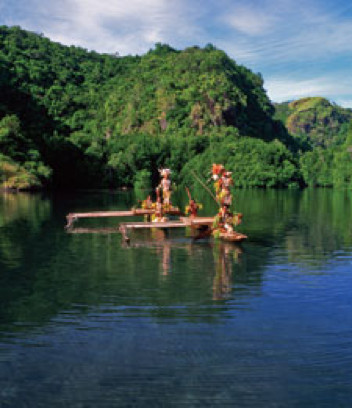
If the landscapes of Oro are deemed impressive then the wildlife can only be described as exceptional. There is one flittering creature in particular that Oro is exceptionally proud to call its own- the Queen Alexandra’s birdwing butterfly. This impressive insect has a wingspan of up 30cm- the length of a school ruler, which makes it the world’s biggest butterfly. Not only is this butterfly impressive in size but also in colour. Females sport velvety black wings with splotches of cream and a yellow abdomen while the males, which are about one third smaller than females, make up for their smaller size with incredible iridescent gold, turquoise, green and black wings. While scientists aren’t entirely sure why this butterfly reaches such a large size, one contributing factor is definitely its unpalatable nature, which naturally limits predators.
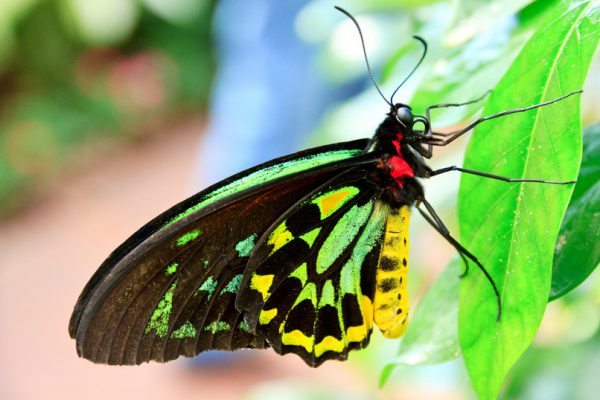
This giant butterfly lays its eggs on the poisonous leaves of the tropical vine known as aristolochia, found deep in the rainforest of Oro Province. As the tiny hungry caterpillars emerge from their eggs, they feast on the aristolochia, ingesting its toxins. It continues to do this throughout its life cycle right up until they pupate into chrysalises. When the adult butterfly emerges, it has tiny red hairs on its thorax that serve as red flags to warn predators that it is highly toxic. Queen Alexander’s unusual reproductive biology makes it particularly vulnerable and propagating this poisonous vine is a key goal for conservationists.
Oro Province is also well known throughout PNG for its tapa cloth. Tapa cloth is generally made from the bark of the paper mulberry or breadfruit tree. The bark is stripped from the young sapling and the inner white layers are peeled for the tapa. The narrow strips are then soaked until soft before being pounded with mallets. This pounding gradually spreads the tapa until it reaches about 25cm in width. The edges of the tapa are overlapped and glued together using breadfruit or arrowroot starch. If visitors wander among the villages or head to an open market, it’s likely they will see the tapa cloth for sale among other locally handcrafted pottery and jewellery. Each year, normally in October, the Tapa and Tattoo festival is held, where the intricate designs of earth coloured Tapa cloth are on display to celebrate Oro’s rich culture.
In the local language, ‘Oro’ means welcome. Whether you are here to track down the elusive Queen Alexander’s Birdwing butterfly, are heading to Tufi or are searching for war relics, at Paga Hill Estate we have no doubt that the local Orokaiva people will warmly welcome you to this magical part of the world.
Paga Hill Estate is a world class master planned estate in the heart of Port Moresby, Papua New Guinea. The waterfront site is the first comprehensively planned multi-use development in Papua New Guinea to be enjoyed by both residents and visitors alike. The all inclusive development will include vibrant public spaces and waterfront promenade, luxury hotels, residential apartments, restaurants, retail, commercial space, a National Cultural Centre, restoration of WWII relics, marina precinct and an international cruise liner terminal.
Visit Paga Hill Estate for more information including the latest artistic impressions of the development.

